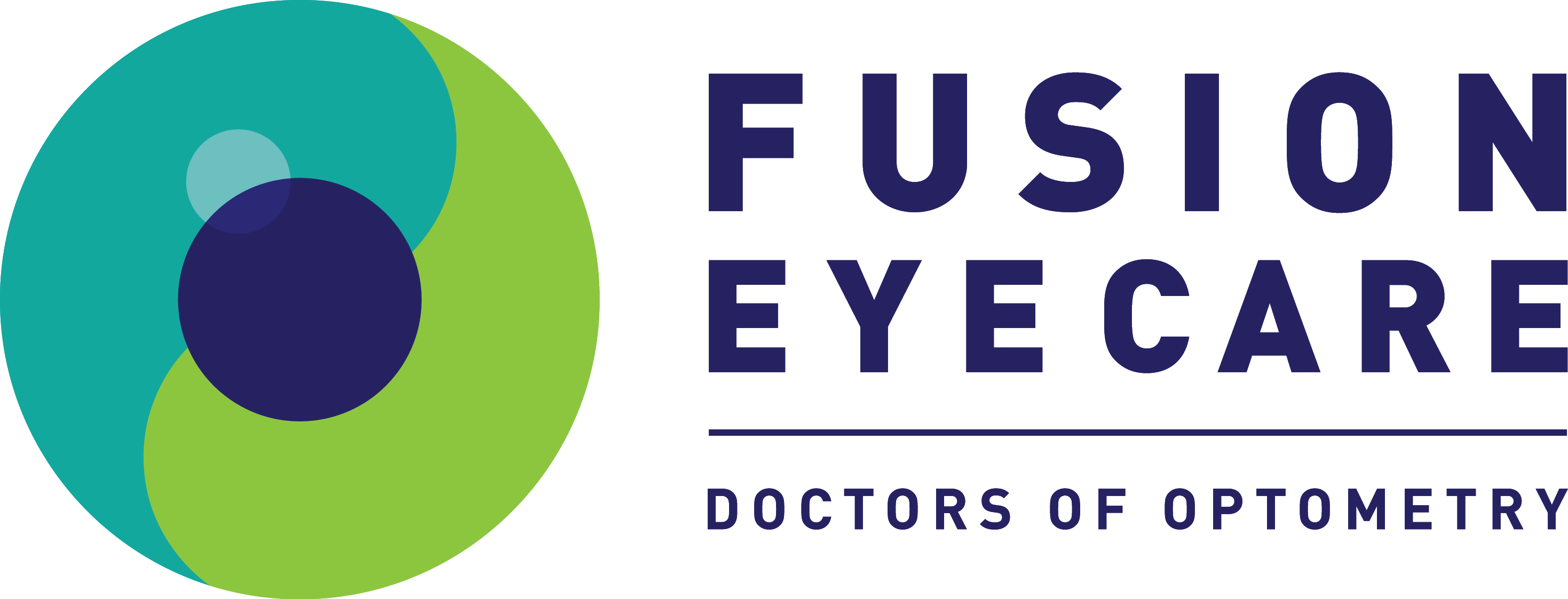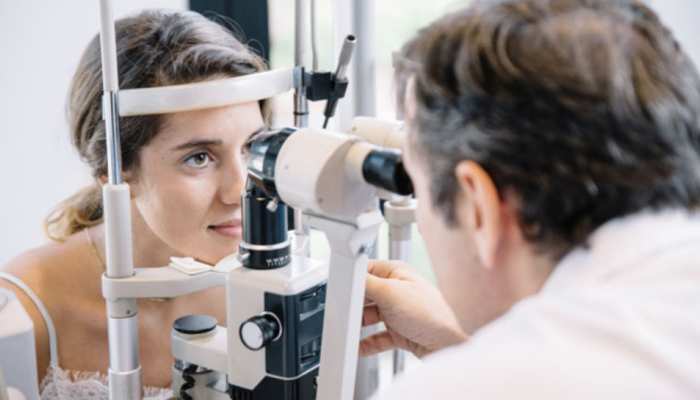What is low vision?
Low vision is a loss of eyesight that cannot be sufficiently improved with conventional glasses, contact lenses, or medical and surgical interventions. Low vision interferes with everyday tasks. A person with low vision may find very hard to accomplish activities such as reading, writing, shopping, watching television, driving a car, or recognizing faces.
What causes low vision?
A variety of disorders that affect the eye and the visual system may cause low vision. Birth defects, injuries, certain diseases of the body, and aging all may lead to loss of sight. Most commonly, it is due to the deterioration of the central part of the retina (the light-sensitive tissue that lines the back of the eye), known as macular degeneration. Loss of sight may also result from other conditions such as cataracts, glaucoma, other optic pathway diseases, corneal disorders, and more.
Diagnosing low vision
A comprehensive eye examination by a doctor of optometry is an important first step in determining a person’s current level of vision, determining the cause of sight loss, and establishing the best treatment plan moving forward. Some patients can benefit from visual aids such as magnifiers, tinted lenses, improved lighting, and large print material. In more advanced cases of low vision, the optometrist may refer the person to another health care provider such as an optometry colleague with a more involved focus on low vision services, a vision rehabilitation specialist, an opthalmologist, an occupational therapist, or a social worker. These professionals can assist persons living with low vision to maximize their independence, maintain quality of life, and adapt to the psychosocial aspects of vision loss.



Leave feedback about this